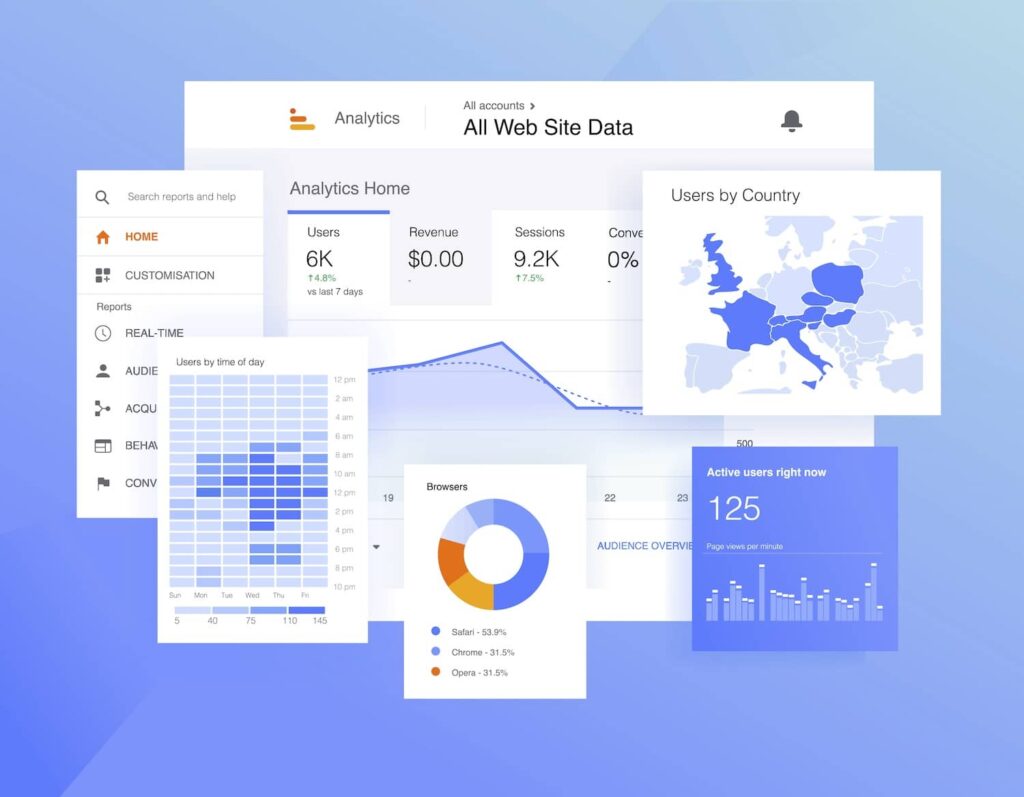Checking out the Concept of Secondary Dimensions in Google Analytics: Definition and Strategic Implementation
Checking out the Concept of Secondary Dimensions in Google Analytics: Definition and Strategic Implementation
Blog Article
Unveiling the Influence of Second Dimension in Google Analytics on Information Evaluation and Insights
In the realm of data analytics, the utilization of secondary measurements within Google Analytics has arised as a pivotal device for drawing out deeper understandings and unraveling facility patterns that might or else continue to be covered. By peeling back the layers of main data sets, additional measurements provide a nuanced point of view that enhances the understanding of user actions, internet site efficiency, and the effectiveness of advertising strategies.
Exploring the Concept of Secondary Measurements
Second measurements in Google Analytics provide added understandings by enabling customers to analyze primary data in combination with an additional characteristic. By incorporating secondary measurements, customers can delve deeper into the data and uncover important relationships that may otherwise go unnoticed - what is a secondary dimension in google analytics.
By checking out the numerous secondary dimensions readily available in Google Analytics, individuals can open brand-new insights and maximize their digital advertising efforts. In essence, second dimensions offer as a powerful device for enhancing information analysis and driving workable outcomes.
Enhancing Information Analysis With Secondary Measurements
Having actually established the fundamental understanding of second dimensions in Google Analytics and their pivotal duty in data evaluation, the focus currently shifts towards leveraging these secondary features to boost the interpretation of analytics data (what is a secondary dimension in google analytics). By incorporating second dimensions right into data analysis, experts can acquire deeper understandings right into user actions, site efficiency, and advertising effectiveness

Furthermore, secondary measurements assist in contextualizing primary data metrics by giving additional layers of information. This contextualization aids in understanding the 'why' behind the information fads, helping analysts make educated optimizations and choices to improve general efficiency. Ultimately, including second measurements enriches the data interpretation process, bring about even more meaningful understandings and critical actions.
Discovering Hidden Insights Via Additional Measurements
Exploring the midsts of analytics data with secondary measurements reveals important insights that would or else continue to be obscured. By including secondary dimensions in Google Analytics, services can discover covert patterns, fads, and relationships that give an even more extensive understanding of user habits and web site performance. These additional layers of information permit experts to delve much deeper into the key dimensions, such as traffic sources or landing pages, and obtain an extra nuanced viewpoint on exactly how different variables engage with each various other.
With the why not find out more use of secondary dimensions, experts can section and contrast information across various dimensions, allowing them to determine specific aspects that influence customer interaction, conversion prices, and general success metrics. By pairing the main measurement of 'gadget category' with the secondary measurement of 'age team,' marketing experts can pinpoint which age demographics choose accessing the website with mobile devices versus desktops. This level of granularity equips organizations to make data-driven decisions and enhance their methods for much better outcomes. Inevitably, uncovering hidden understandings with second dimensions enhances the deepness and precision of information analysis, bring about more informed decision-making and boosted performance end results.
Leveraging Additional Measurements for Actionable Analytics
Structure upon the understandings unveiled via secondary measurements in Google Analytics, services can now harness this enriched information landscape to drive workable analytics and tactical decision-making. By her response leveraging second dimensions, organizations can dive deeper into their data to extract useful patterns, patterns, and connections that may have formerly gone undetected. This much deeper degree of evaluation allows businesses to get an extra extensive understanding of customer actions, project efficiency, and general site efficiency.
One trick advantage of utilizing additional dimensions for actionable analytics is the capability to segment information based on particular standards. This division enables organizations to customize their campaigns and approaches to different target market groups, leading to extra targeted and efficient advertising and marketing efforts - what is a secondary dimension in google analytics. Furthermore, second dimensions give an even more holistic sight of user communications, allowing companies to optimize their website material, design, and total customer experience
Making Best Use Of Decision-Making With Secondary Dimensions
To improve strategic decision-making in analytics, leveraging second dimensions in Google Analytics can offer an extra nuanced point of view on user actions and project efficiency. By including additional dimensions right into data analysis, organizations can dive deeper right into the specifics of their website site visitors' interactions and interaction patterns. This added layer of details permits for a more detailed understanding of how various variables, such as demographics, gadgets, or website traffic sources, effect key performance signs.

Conclusion
In final thought, using additional measurements in Google Analytics plays a critical function in enhancing information evaluation and discovering concealed understandings. By discovering this idea, one can gain a deeper understanding of user actions and make notified decisions based on workable analytics. Leveraging additional dimensions permits an extra extensive interpretation of information and optimizes the effectiveness of decision-making procedures.

Report this page